Nick answers questions on what immersive means to him, his creative process, and what inspires him
Safehouse ’77 in Los Angeles took elements of spy stories, Fleetwood Mac, and a 70’s house party and mashed them all together to create a fun, rum-soaked evening that ended up being a real crowd pleaser. Creator Nick Rheinwald-Jones worked on the show for months, studying immersive work and connection with some of LA’s most accomplished immersive actors and producers.
We knew we wanted to ask Rheinwald-Jones about his process, and give the No Proscenium community the opportunity to ask him whatever they wanted, from process questions to secrets about the characters’ inner lives. So this time out is a two-fer.
We start with NoPro’s new Immersive 5 — the core questions we are asking immersive creators about what the word “immersive” means to them and how it impacts their work. After that you’ll find a transcript of Nick’s Ask Me Anything answers; content has been edited for clarity.
If you’d like to join future AMA’s, get your Slack invite right here!
The Immersive 5
No Proscenium: What does “immersive” mean to you?
Nick Rheinwald-Jones (NRJ): To me, “immersive” means that the piece you’re experiencing requires more of you, the audience member, than just passive viewing/listening. You have an end of the bargain to hold up. The piece doesn’t exist without you. On the other end of the equation, it means that the creator has to deliver something that’s worthy of the effort the audience is putting in to experience it. Ultimately, it’s a creative team and an audience working together to make something memorable for everyone involved, and I think that’s what makes immersive so special.
NoPro: Do you think of your work as ‘immersive’? (Why or why not?)
NRJ: Yes, I do. My entire goal in creating Safehouse ’77 was to create a truly immersive work of pop culture, and I think — I hope — that’s what we did. The show is heavily planned and scripted, we have a fantastic cast and venue and soundtrack and all that, but at the end of the day, there’s only a ‘show’ if the audience members hold up their end and really engage with us and the material. We truly didn’t know what the show was going to be until we ran it with a few different test audiences, and even now, after doing it with 16 different paying audiences, it still has the potential to be wildly different depending on who comes through the door. So we really give the audience a lot of power to shape the show, which I think leads nicely into the next question…
NoPro: How big a role do presence and/or agency play in your work, and do you think about these factors in those terms?
NRJ: I definitely want to talk about agency, since that was an important consideration in designing Safehouse ’77 and something that I’m sure will be a work in progress for as long as I’m creating immersive shows. Like I said, the audience has a huge amount of influence on each night’s show by virtue of their personalities, what they say, what they do, and how much they choose to engage. But we don’t actually give the audience the ability to change the plot of the show. Certain things are going to happen no matter what because I decided that that was the best way to deliver a consistently satisfying experience.
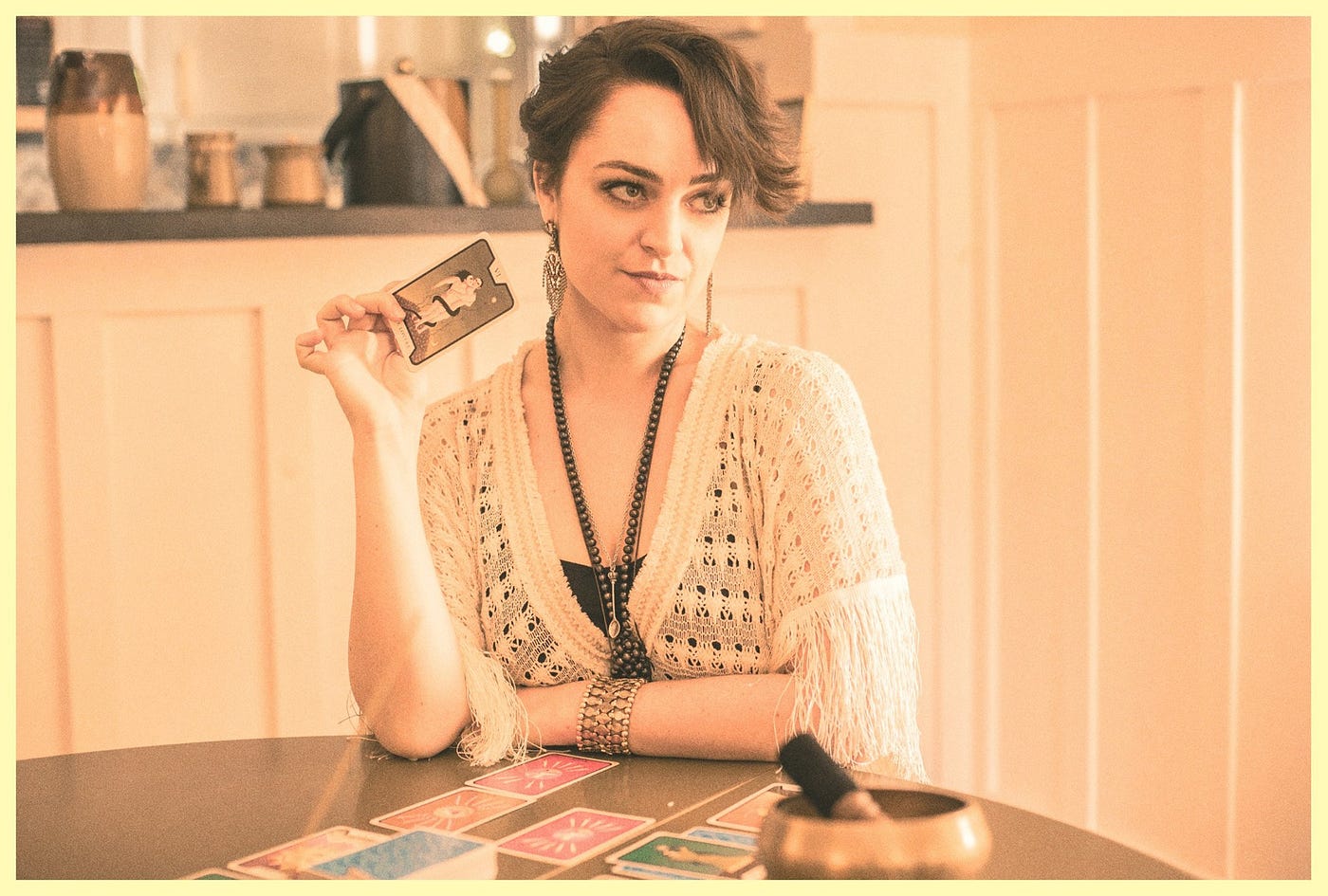
When I was first imagining the show, I did think about the idea of having a huge variety of branching outcomes depending on the choices the audience members made, and while I’d still love to make that happen in some future show, it just didn’t feel workable for this one. If I wanted to deliver that, I think I would have had to spend a lot less time and energy on other elements that I really loved, and that really contribute to the experience.
Anyway, it’s a tricky balance to strike, and I’m definitely not going to claim that I got it exactly right my first time out. My highest priority was ensuring that everyone who comes to the show has a good time and experiences a complete story, and I feel confident that we delivered that.
NoPro: What works — be they creative works, non-fiction, or other inspirations — have shaped your current work?
NRJ: Then She Fell was the first immersive show I saw and definitely the one that lit the fuse. It was crazy, magical, intimate, and beautiful, plus there were secret doors and alcohol. There’s one particular scene in Safehouse ’77 that’s heavily inspired by my first encounter at that show, but on a broader scale, Then She Fell instilled in me the idea that an immersive show should deliver an experience that feels like it truly belongs to each individual audience member. It should draw you into a strange-yet-specific world and take good care of you while you’re there, and once you’re spit back out into reality, the experience should feel not-quite-real in retrospect.
The immersive shows I’ve seen since then have all contributed a lot to my understanding of the medium and really defined a lot of the specific creative goals I was shooting for when creating Safehouse ’77. The Grand Paradise inspired me to make the show sexy and tactile. C(ovell) showed me the value of being a little bit loose, allowing some breathing space between moments, and letting the audience make some of their own fun. The Speakeasy Society shows have always wowed me with their attention to detail even in throwaway moments.
Of course, there are a lot of non-immersive influences on this thing as well: spy movies, for one, of course, although the spy world of our show is so specific and strange that I can’t really point to a particular movie or movies that it stems from. It’s more of a synthesis of every spy movie, book, or TV show I’ve ever consumed. I did have everyone in the cast watch The Americans, because I wanted the spy material in the show to feel real, authentic, and lived-in, rather than flashy and far-fetched. And, of course, the music and mythology of Fleetwood Mac plays a big part in Safehouse ’77, just like it did in the actual ‘70s.
NoPro: What was the moment when you knew that this kind of work was for you?
NRJ: It was about halfway through The Grand Paradise — the second immersive show I ever saw — that I started thinking about creating one of these things myself. Specifically, I was sitting in the bar between scenes, watching people casually interacting, and I thought, “What if this were the Cold War and these people were spies?” Everything pretty much took off from there. My mind had been so blown by Then She Fell that I desperately wanted to pass on that same kind of experience to other audiences, and I figured I’d have the best chance of success if I did something in the spy genre since that’s my creative wheelhouse. Everything that happened after that — seeing more shows, discovering NoPro, meeting other creators, and so forth — just continued to strengthen my resolve and make me feel like this was the right thing for me to do at this point in my creative life. And it absolutely was.
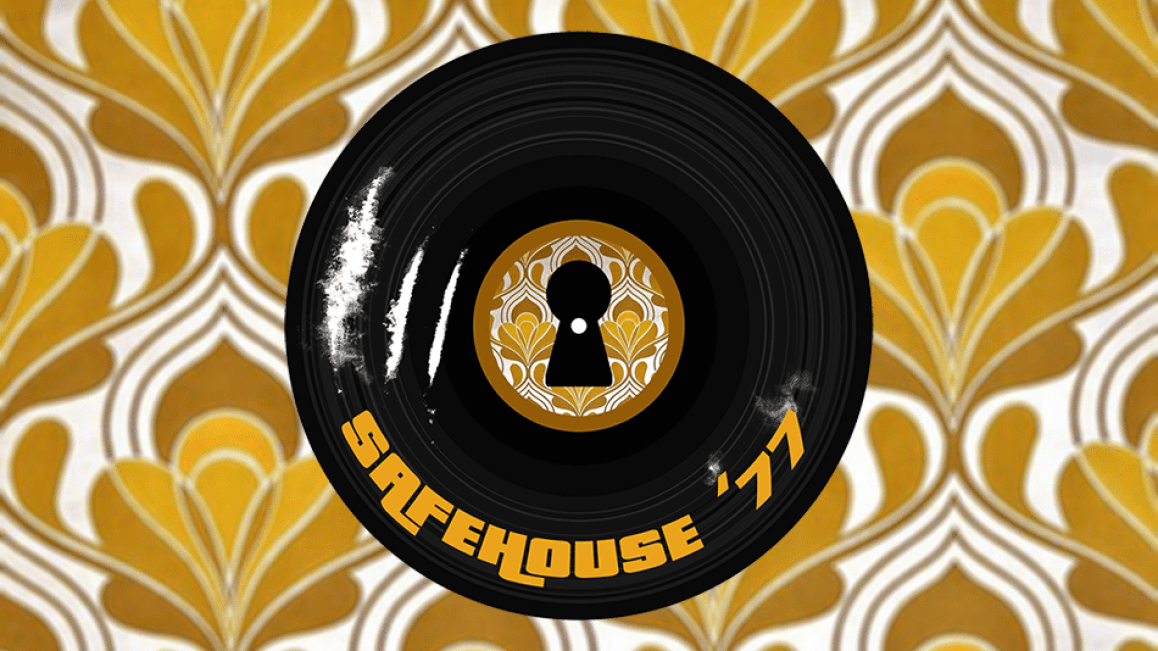
The AMA
Matthew Bamberg-Johnson: You adopted a long process for this piece, workshopping it, and getting feedback prior to opening to the public. Did that end up feeling valuable to you? How much changed from ‘industry’ nights to ‘public’ nights?
NRJ: Yes, it was valuable — in fact, it was more than valuable; I’d say it was essential. Like I said in another answer, there was absolutely no way to know what this show was going to feel like without an audience… but I knew that going in, which is why I really wanted to have some time to make changes once we’d had a chance to run the show for some audiences. I’m not going to say it wasn’t a little scary & intense getting notes from virtually every major immersive creator in LA over the course of two evenings. But I figured that if I was going to try to put up something that I wanted to be on even close to the same level as the other shows I loved, then I needed to let all these people see it and give me their honest opinions.
It was a very different experience than getting script notes from other screenwriters because immersive is such a diverse genre and every creator/company approaches it in a wildly different way. (And I, as a screen/TV writer with literally zero theatre background, probably come to it in yet a different way than any of them.) I will say that even with over a month between the test shows and the actual premiere, I still didn’t feel like I had enough time to make a ton of significant changes. (I didn’t want to be throwing a brand-new script at the actors a week or two before we debuted, you know?). But I think we were able to make a lot of adjustments that really improved the flow of the show and made the audience experience more solid and rewarding.
Probably the biggest change we made was adding a lot of modular scripted pieces to the “unstructured” parts of the show so that the characters all had specific things to talk to audience members about outside of the major scripted scenes. Because the actors are so natural and engaging, I don’t think any of this material comes off as monologue-y and probably a lot of the audience doesn’t even realize it’s scripted, but I think it definitely makes these parts of the show feel tighter and more engaging.
Matthew Bamberg-Johnson: Would you continue to use this format in the future?
NRJ: Yes, I would 100% do it the same way again. Even aside from how valuable the notes were, I think it really helped that I had to have at least some complete version of the show several weeks before the actual premiere, because it forced me to make some big decisions about the structure of the show that I probably would have otherwise put off for much longer. So there was a clear point where the major work needed to be done so the tinkering would begin, and I’m really glad I had so much time to tinker.
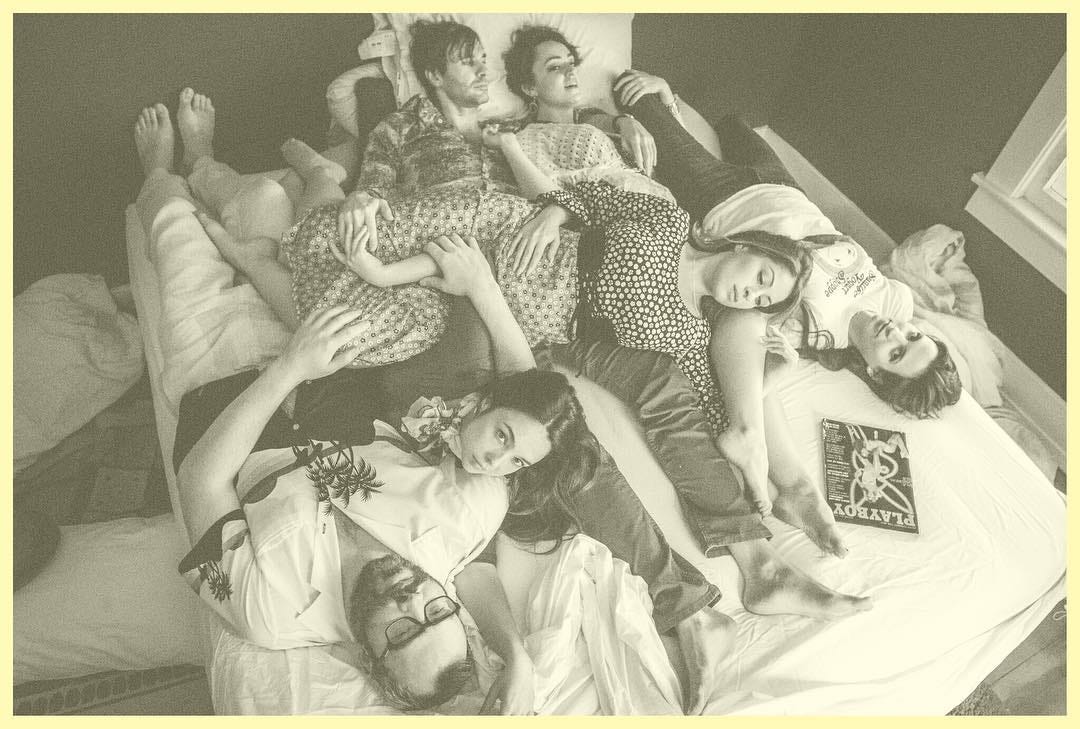
MikeLBC: Safehouse ’77 explored the spy genre, which isn’t terribly common in immersive work. What’s another genre that you think would make for an interesting piece?
NRJ: I’ve been thinking about ideas for a romantic comedy immersive. I don’t think there’s enough comedy in general in the immersive world, and most of the immersive actors I know (including the ones in my cast!) are hilarious people, plus it’s very easy to fall in love with them, so I feel like that would be a slam dunk. (Now, cut to me working on script ideas and complaining about how difficult it actually turns out to be.)
MikeLBC: Immersive theatre pieces often have multiple tracks and varied experiences that reward repeat-viewing and attending in groups who can compare notes, but often have short term, sold-out runs with small audiences. How do you balance ‘completionist’ tendencies against ‘variety of experience’?
NRJ: I think part of the magic of an immersive show with multiple tracks is the combination of (a) knowing that other people are getting something you aren’t and; (b) knowing that you’re getting something that they aren’t.
Like I said in another answer, we designed Safehouse ’77 so that every audience member gets a complete story no matter what track they’re on, but there are certainly things you won’t be privy to because you don’t get to see every single scene. We’d love for people to come back to the show multiple times and get different experiences (speaking of which, stay tuned for announcements on that front), but I think/hope that you still get a lot out of seeing the show just one time. And yes, there’s opportunity at the end to debrief with your fellow audience members, and it’s always interesting to see how cagey people are about sharing what they learned & witnessed. Anyway, I hope I answered the question!
MikeLBC: What audience reactions have you found surprising or gratifying in response to your work?
NRJ: So many! One of my main goals in creating an immersive show was to introduce more people to this medium because I was a complete newbie to it just a little over a year ago and I know there are so many people out there who would love it if they only knew about it. Safehouse ’77 has been a lot of audience members’ first immersive show, and it has always thrilled me when people say that it’s inspired them to see more immersive shows or even create one of their own. I’ve seen the same look in people’s eyes that I had in mine after Then She Fell, and that just delights me to no end.
On the flip side, we’ve had huge immersive fans tell us that this has been one of their favorite shows, which is also incredibly gratifying. But my favorite individual anecdote might be this one: in one of our last few shows, we found out that eight people (four couples) who had never met each other before the show, all went out for drinks afterward to discuss their experiences. I think that’s such a wonderful example of the power of immersive to bring people together and create magical connections that couldn’t happen in the course of regular life. I’m so glad to play even a small part in that.
You can find out more about Safehouse ‘77 on their site and sign up to be notified about future productions. And if you’d like to join future NoPro AMA’s, join the NoPro Slack community.
View all of our Immersive 5 Interviews.
No Proscenium is a labor of love made possible by our generous Patreon backers: join them today!
In addition to the No Proscenium web site, our podcast, and our newsletters, you can find NoPro on Twitter, Facebook, YouTube, Instagram, in our Facebook community EverythingImmersive.com, and in our Slack community.



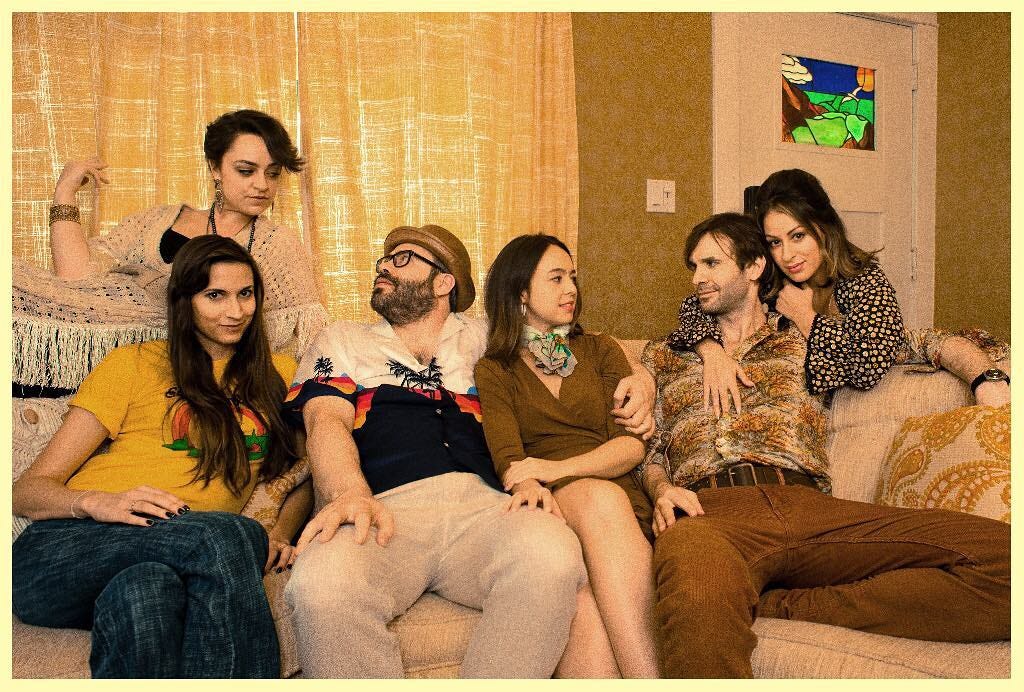
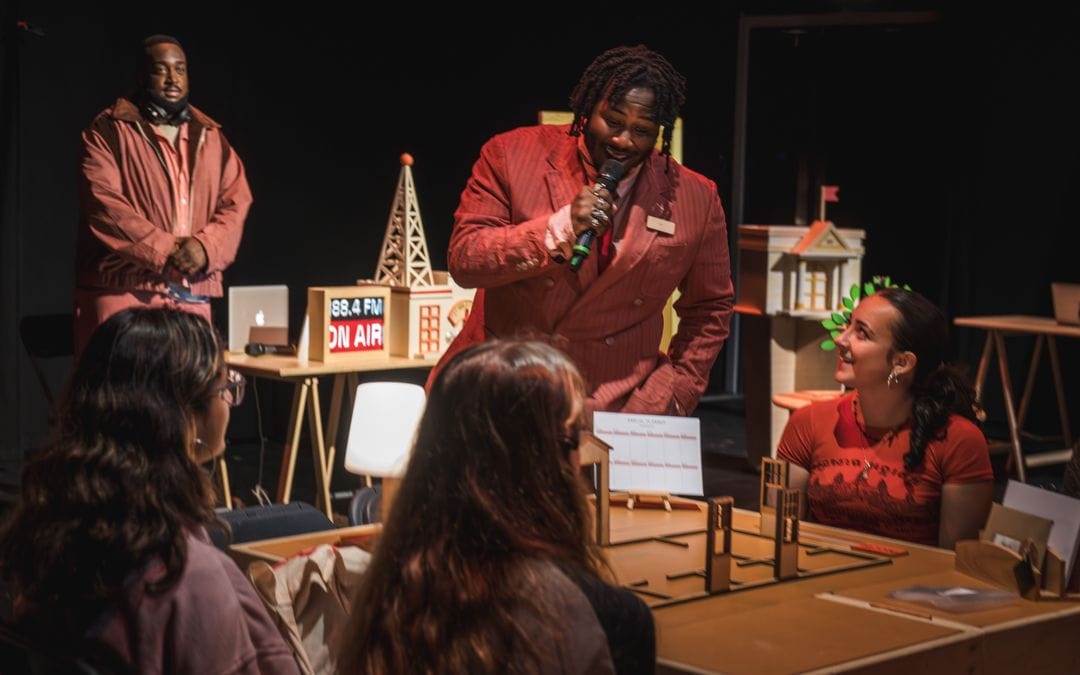















Discussion